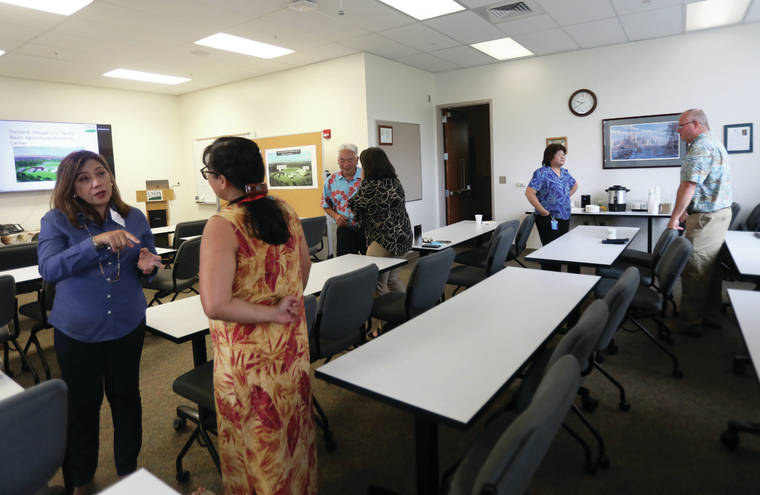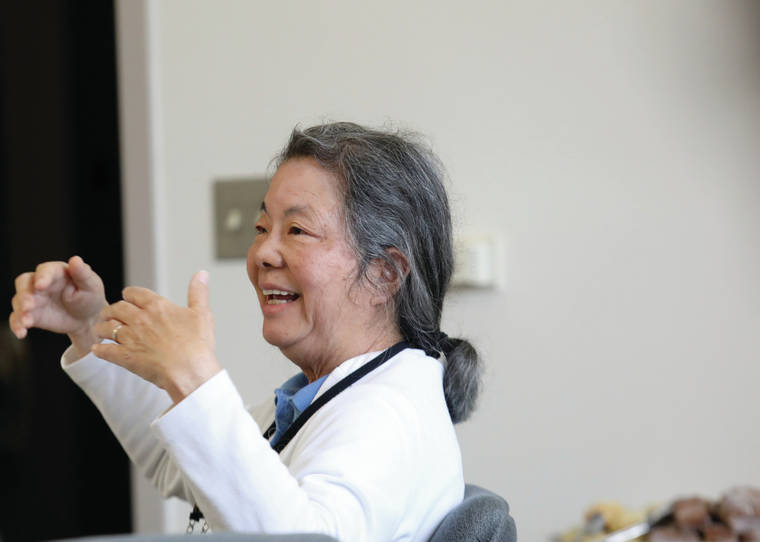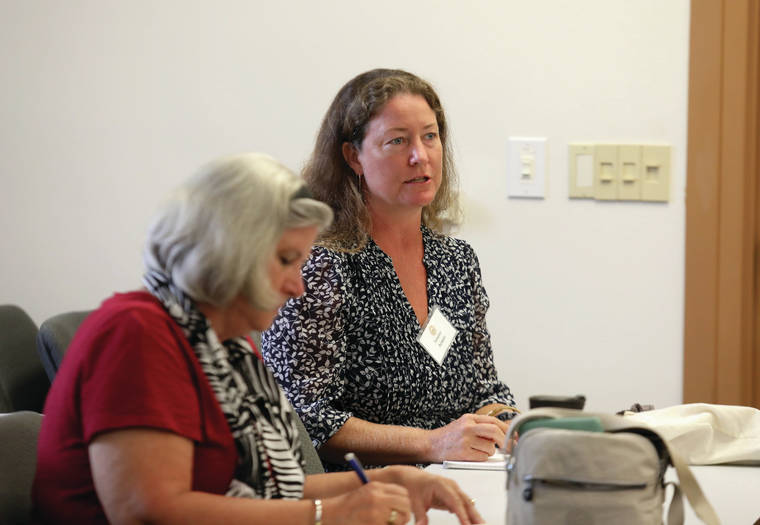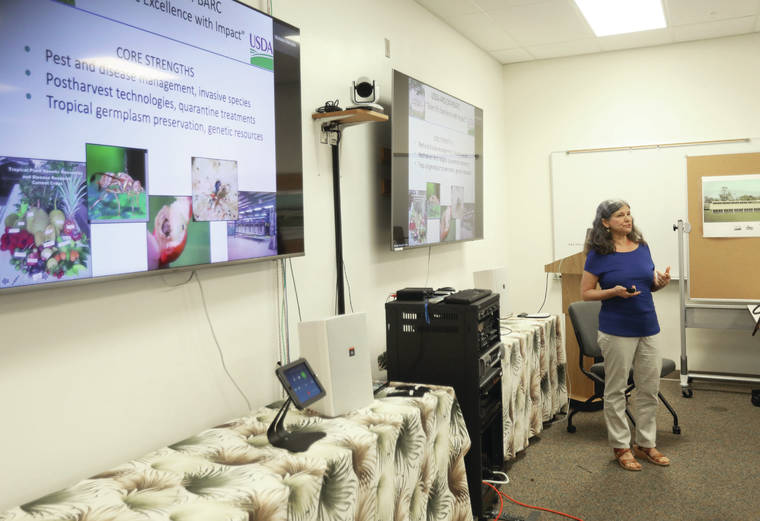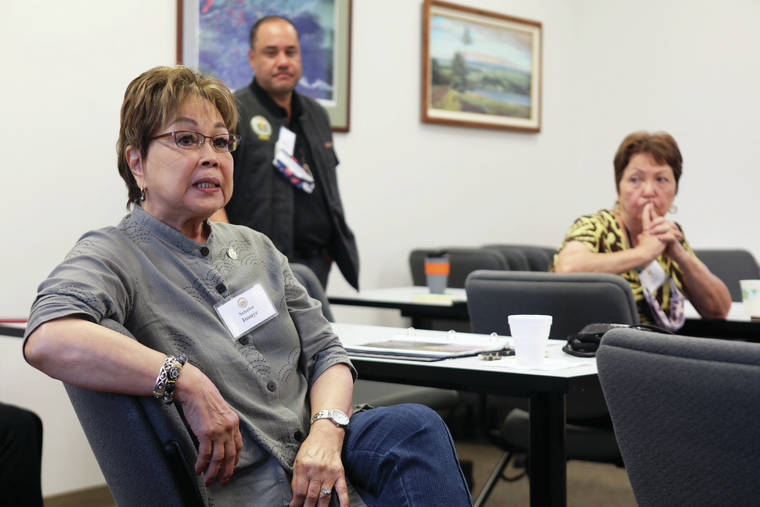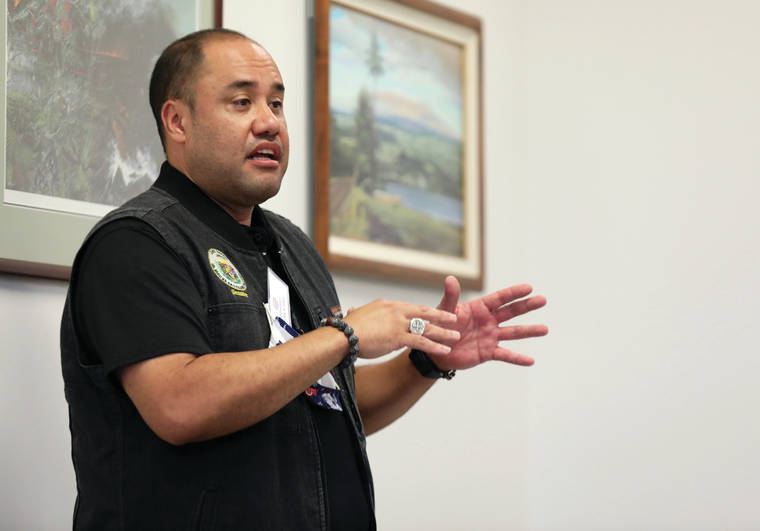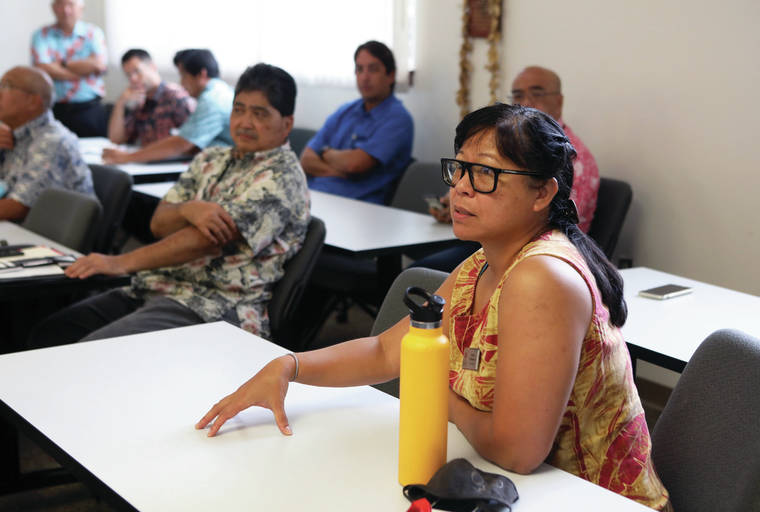Senate Ways and Means Committee discusses growing Big Island agriculture industry
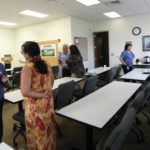
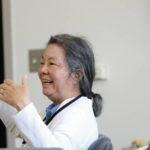
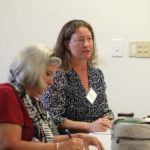
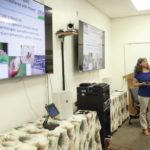
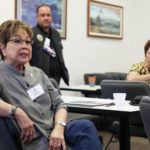
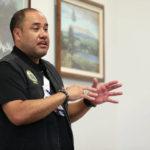
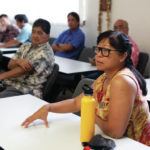
Hawaii lawmakers want to grow and commercialize the Big Island’s agricultural industry to boost the economy, but more and better coordination among private, public and education sectors will be necessary to do so.
The state Senate Ways and Means Committee last week made visits to a number of locations around Hawaii Island, and on Wednesday stopped at the Daniel K. Inouye U.S. Pacific Basin Agricultural Research Center in Hilo.
The nearly hourlong discussion, which sometimes became pointed and critical, largely centered around the resources available on the Big Island and how those can be leveraged to expand the industry and pipeline of workers.
“As you saw throughout the trip so far, a lot of the key things that the Big Island has is due to just one person: Sen. (Daniel K.) Inouye,” Chairman Sen. Donovan Dela Cruz said prior to a presentation from PBARC director Marisa Wall. “And without Senator Inouye, this island, I’m not sure where it would be. … They have so many different benefits because of what he provided throughout the years.
“I think, unfortunately, there wasn’t any momentum to see the true potential of the investments he made,” he continued.
Dela Cruz said PBARC conducts a lot of agricultural research to solve problems and create some commercialization opportunities.
But there’s no pipeline of workers to enter into the ag industry.
“We don’t have farmers, we have a shrinking ornamental industry here in Hilo, we have empty cargo space at the airport. We should be exporting all kinds of stuff from Hilo,” he said. “Twenty-five percent of Hilo should be working only ornamentals. That could be the potential — 25% of Hilo’s population should be propagating ornamentals, and we should be exporting around the globe. We should be the leader in that.
“Even more so, if you have that kind of industry, six months after Merrie Monarch, we could have the world’s largest tropical ornamental festival,” Dela Cruz continued. “So for Hilo, they could come up with another attraction other than just Merrie Monarch … employing thousands of people in the industry. So … what I’m hoping Ways and Means can help facilitate is a conversation and establish some type of synergies and momentum to take advantage of the resources that already (are) here. This is just leadership and coordination.”
Dela Cruz was critical of University of Hawaii at Manoa’s College of Tropical Agriculture and Human Resources, which has several extension offices and research facilities on the Big Island.
CTAHR graduates researchers, not farmers, he said, and agricultural research is just one part of the equation.
“We’re not leveraging the research for commercialization,” Dela Cruz said. “Your one-trick pony of research is not enough to save Hawaii. That’s one component. How do we leverage that to grow the industry? That’s what you guys need to be thinking.”
Susan Miyasaka, interim Hawaii County administrator for CTAHR, said during the pandemic UH instituted a hiring freeze, and they’ve lost 16 positions on the Big Island, including a livestock extension agent and agriculture economic agent.
“And you’re talking about the industry dying, but it’s partly because of natural occurrences,” she said. “The lava flow flowed over a lot of … ornamental nurseries. Some of it is natural causes, and it’s not necessarily that we’re not working with USDA. I think CTAHR is, and I think the state Legislature … you have cut our funding. We’re not able to fill positions.”
“That’s not true,” Dela Cruz countered. “The university cut it. We actually added positions to CTAHR.”
Unfilled positions, however, were lost because there was no plan, he said.
“You don’t have a plan, you don’t communicate it. Our responsibility is to cut it because there’s other pressing needs,” said Dela Cruz. “So this is where I’m going back to. If there’s a plan for commercialization, and what you’re asking for is needed, we are open to funding it. But I don’t like the approach of ‘we have all these natural disasters, woe is me. Just give us more money.’ That doesn’t cut it anymore. CTAHR has become irrelevant. How do we get CTAHR and Department of Ag to work together so we can grow an industry?
“That’s why we have (Department of Education) here, that’s why we have UH-Hilo here, so we can start to figure out (career technical education) programs, K-12, so we can get students interested to become the researchers, to become the commercial (farmers).”
Big Island Sen. Lorraine Inouye, however, said that if the state doesn’t “beef up CTAHR again in the near future, agriculture’s not going to survive.”
“It has to go hand-in-hand,” Dela Cruz responded. “There’s no sense in beefing up CTAHR if we’re not going to grow the commercialization and production. Research for research sake is not enough any more.”
Randall Tanaka, assistant superintendent for the DOE Office of Facilities and Operations, said some parents don’t want their kids to farm because they know how hard that work is.
“The reality of the next generation of farmers is not the guy digging holes in the ground and putting seeds in the ground,” he said. “It’s a whole different way of farming. That’s the technology side. So how do we advance that? We don’t want to educate and build a workforce at the lowest paid rate in the state. That’s not what we should be doing.
“So there’s these different components,” Tanaka continued. “There’s the research side, there’s the pest management side, but there’s the production side, and unless we achieve that and build the workforce for that, we’re not going to satisfy the production issues that we have and the sustainability issues we have.”
UH-Hilo Chancellor Bonnie Irwin said the biggest challenge is coordination.
“We’re all working in our stovepipes and we’re doing excellent work in our lanes but what we don’t have are the people who are connected,” she said. “… What is the skill set a student needs today to get out there and thrive, and then how do we develop the regional economy? But it’s the connectors that we need at this moment.”
Inouye, who represents Hilo, Hamakua, Kohala, Waimea, Waikoloa and Kona, said after the meeting that the conversations surrounding agriculture sustainability must continue.
“ … These issues, when we traveled to West Hawaii, are the same thing — coming up with a plan,” she said. “So if you’re coming here and asking the money committees, then you have to make sure that you have a plan in place.”
“Ultimately, it’s very exciting to have my fellow colleagues here on Hawaii Island, especially the Ways and Means committee, looking at all the unique challenges that not only our state faces, our island faces,” said state Sen. Dru Kanuha, a member of the WAM committee who represents Ka‘u and Kona. “It’s great to have them here and figure out ways we can work together to face these challenges.”
Lawmakers last week also visited the Natural Energy Laboratory of Hawaii Authority and Honokohau Small Boat Harbor in Kailua-Kona, the Kealakehe Alternative Learning Center in Holualoa and Ka‘u High School in Pahala.

